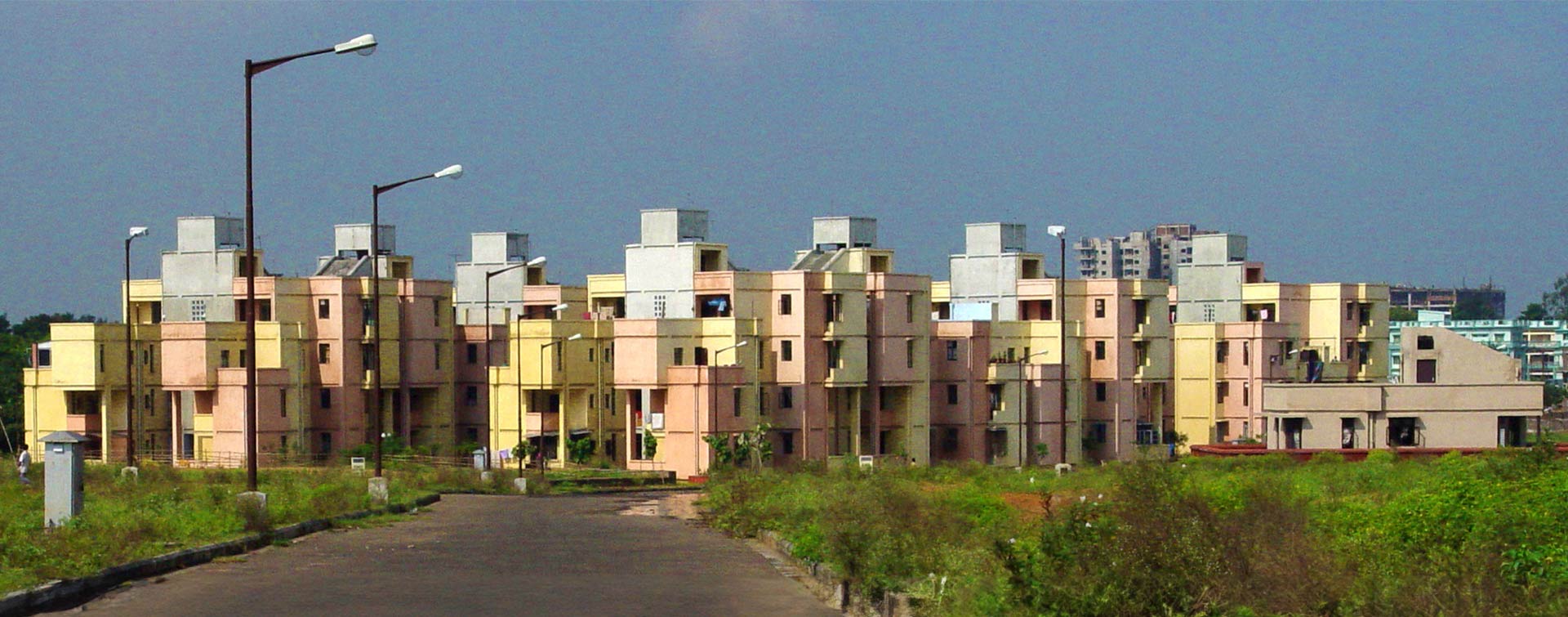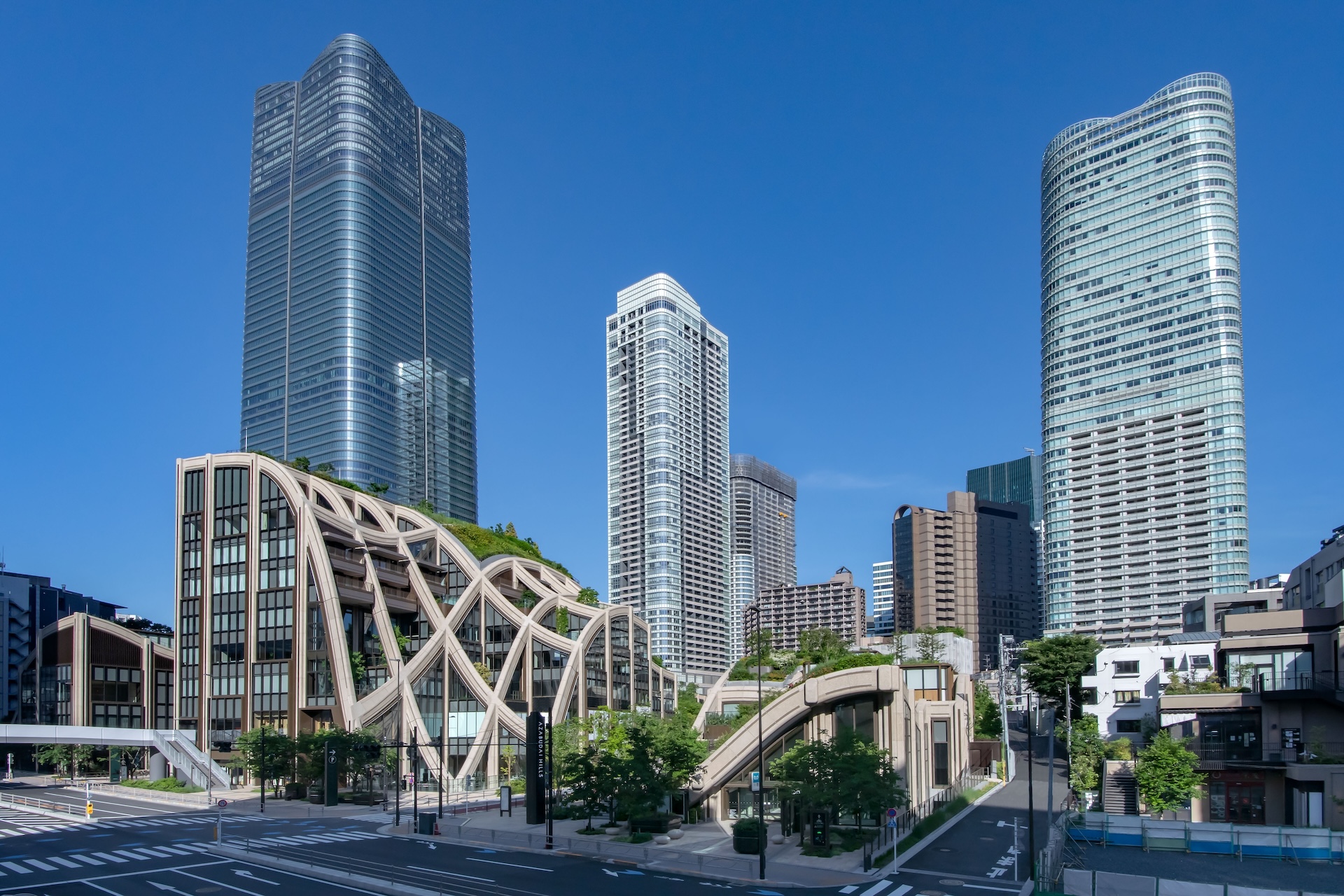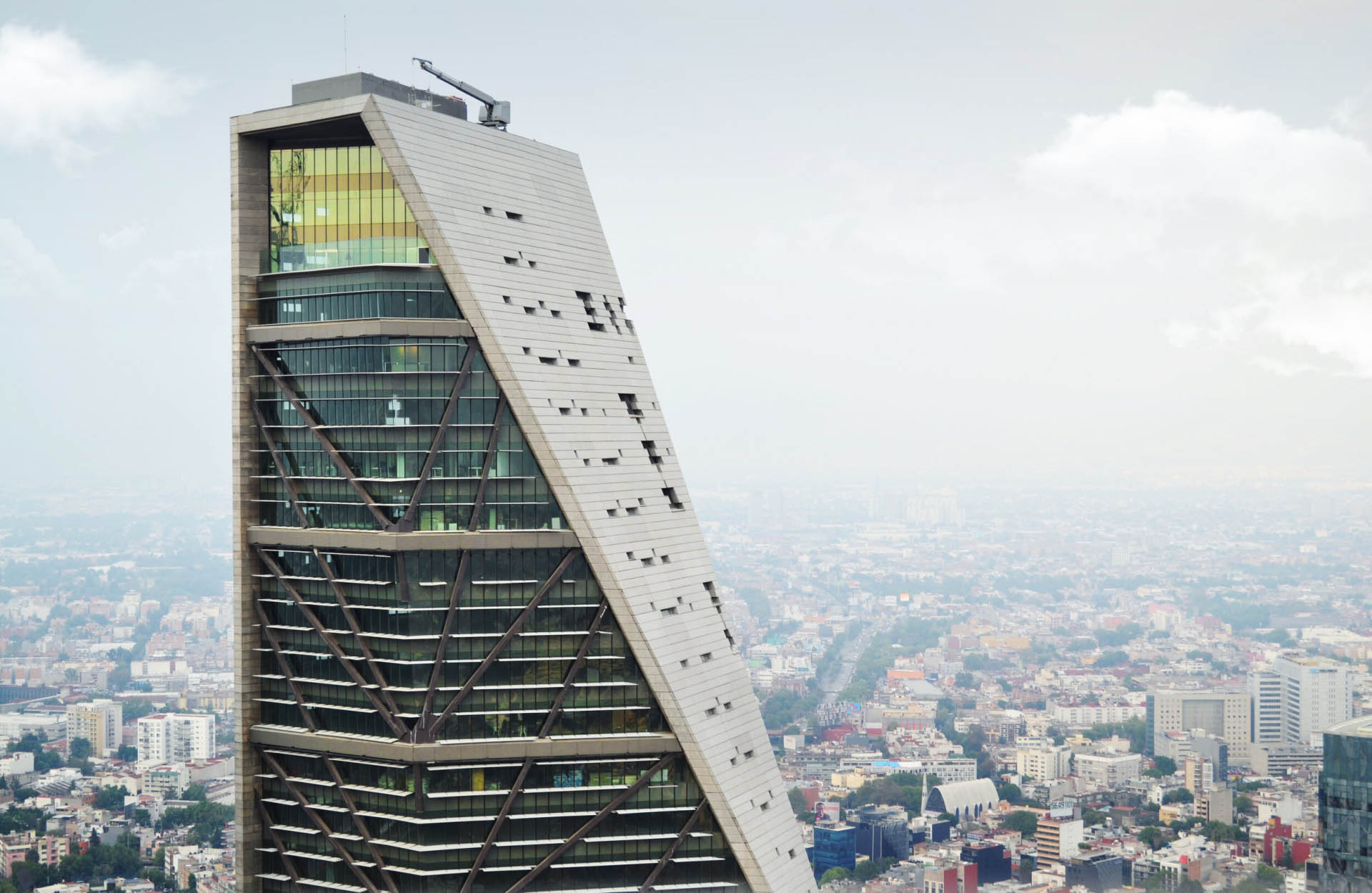 3 min
3 min
Has a connected city really become smart?
Antoine Picon: Cities did not wait for digital technology to become smart. Fortunately, the humans that live there are smarter than machines. For that matter, a smart city initially meant one that was agile, resourceful, efficient, etc. What is unfolding is the emergence of a new form of collective intelligence in which the man-machine combination is shifting the terms of the problem. The city is becoming smart in a different way because it is peopled with humans as well as algorithms. In this context, the smart city is a seductive idea. However, people wanted to do something so new and disruptive that it ultimately lost something of its meaning.
Has the smart city, as it was presented some fifteen years ago, lost its charm?
A.P.: In 2007/2008, the smart city was born of the desire of the major digital players, IBM and CiscoISCO, on the hunt for new markets. Other stakeholders — service platforms, based on an algorithmic relationship such as Uber and Airbnb and geolocation such as Waze and Citymapper — reinforced this idea. The city’s traditional sectors later followed suit. However, faced with the complexity of urban questions, particularly their political dimension, certain giants in the sector understood that it was difficult to grasp them with a purely digital logic. Google thus abandoned its smart neighborhood project in Toronto. Nonetheless, the revolution has been accomplished in a certain respect. Today, all over the world, cities have smart city strategies, which differ from one another due to resources. Those where the price per square meter is higher can be better connected because they are more profitable. All the same, African cities may be less well equipped, but they have also rolled out apps for their inhabitants’ use. According to Silicon Valley guru Mark Weiser, “successful technologies become invisible.” I would say that the smart city is becoming invisible. It’s when we’re no longer talking about technologies that they’re developing at great speed, as has been true of canals, railways and then highways since the 19th century. Moreover, ambitions have been scaled back, far from the excessive anticipatory discourse of the 2010s, when it was thought, for example, that environmental problems were going to be solved thanks to digital. Today, we know that’s not true. Digital technology cannot solve global warming. In this respect, the revolution has not happened.
Has the smart city approach thus become more pragmatic?
A.P.: Our habits have caught up with this technological invisibility all around the world. What could be more normal than having France-wide urban transport or road traffic information on your cell phone? There is no shortage of examples. Admittedly, there is Singapore, but a city-state with that kind of resources is inimitable! In Europe, we’re not too badly placed: Vienna, London, Barcelona, Paris, Lyon, etc. All cities where we harness their intelligence without even noticing it. The difference lies in the philosophical approaches. The Chinese have a very top-down, control-based view. The Americans prioritize the creation of markets and platforms for business. Europe is attempting to strike a balance between these two trends, with a slightly stronger awareness of the public interest. In short, the smart city reflects the political choices of the places where it is established, as technologies are merely the expression of more general directions. STS (Science & Technology Studies) specialists talk about the co-production of both tools and governance. Would we have survived the Covid crisis without these technologies, even if the traceability put in place in South Korea did not prevent recourse to more traditional population control techniques? We must constantly adapt. I’m thinking in particular about the integration of renewable energies into smart grids, making it possible to control events more deftly in the case of a consumption peak. Digital is accompanying this technological move toward more agile technology.
Is this also true in terms of the energy transition?
A.P.: We are going to have to embrace digital frugality, because this sector of activity is generating a dramatically increasing carbon footprint. Back in 2013, the cloud’s energy consumption was 50% greater than civil aviation. The most worrying thing is above all its growth rate (11.3% in 20222), at the very time when we are going to have to use energy and materials parsimoniously. On the other hand, digital is required to manage resources more efficiently. A balance therefore remains to be found. For instance, training AI is very expensive in terms of calculation and energy; it’s not at all neutral. E-waste, which is difficult to recycle and sometimes non-recyclable, must also be treated.
Another challenge is appearing on the horizon: heat spikes, which are going to exceed 40°C in the Paris region around 2050. How will the digital infrastructure cope? Not to mention the problem of rising water levels, as digital is not a fan of water… In a world where real estate is more expensive than terabytes, and where global warming occurs in physical space, spatial problems remain key. All the same, digital technology should not be pitted against traditional techniques: to renovate buildings, total insulation is perhaps less pertinent than better heat exchange organization, while to better anticipate the problem of embodied energy, we need digital modeling. We live in a physical world that digital helps us understand and manipulate.
Further reading: Vancouver has become an exemplary sustainable city.
Has there been too much thinking about the smart city and not enough living it out?
A.P.: It’s a fundamental revolution in our relationship to technology, but it doesn’t change everything. Digital technology very much depends upon how we use it. The same goes for infrastructure. We’re not going to put sensors everywhere. We are going to have to manage what already exists and perhaps design fewer new things. And therefore renovate, redevelop, repair… Demolishing is the least desirable option. It’s good to remember that we are going to use digital models for this. The debate doesn’t lie in a choice between degrowth or continuing as before. Rather than degrowth, we have to grow more moderately and sustainably. Which is no easy feat.
Is it possible to envisage other developments?
A.P.: Two major issues at stake stand out. First of all, the connection between the smart city and the green/sustainable city. These two stalwarts of the techno-urban evolution will lead to better use of digital technology and much more astute management of nature in cities. Secondly, ways of living together will attract attention from a collective and political perspective. The new emerging urban social contract integrates the non-human — animals, plants, and natural elements such as water from rivers and lakes, air, etc. As the city continues to dematerialize, numerous questions will arise: how can we manage natural resources better? What new building materials should be prioritized? What proportion of digital technology should be injected into regulating them?…
[1] Antoine Picon is the author of many works and reference articles, particularly on smart cities: - Smart Cities: Theory and Criticism of a Self–Fulfilling Ideal, John Wiley & Sons Ltd, 2015. -- La Ville des Réseaux : Un Imaginaire Politique, Paris, Editions Manucius, 2014. - Smart Cities A Spatialised Intelligence, Chichester, Wiley, 2015. - Où en est la ville intelligente ? Constructif journal no. 63, November 2022, p. 57-60 [2] https://numeum.fr/actu-informatique/bilan-2022-et-perspectives-2023-du-secteur-numerique-75-de-croissance-attendue-en
Photo credits: DR, © Sergie/stock.adobe.com, © PPR109103/stock.adobe.com









